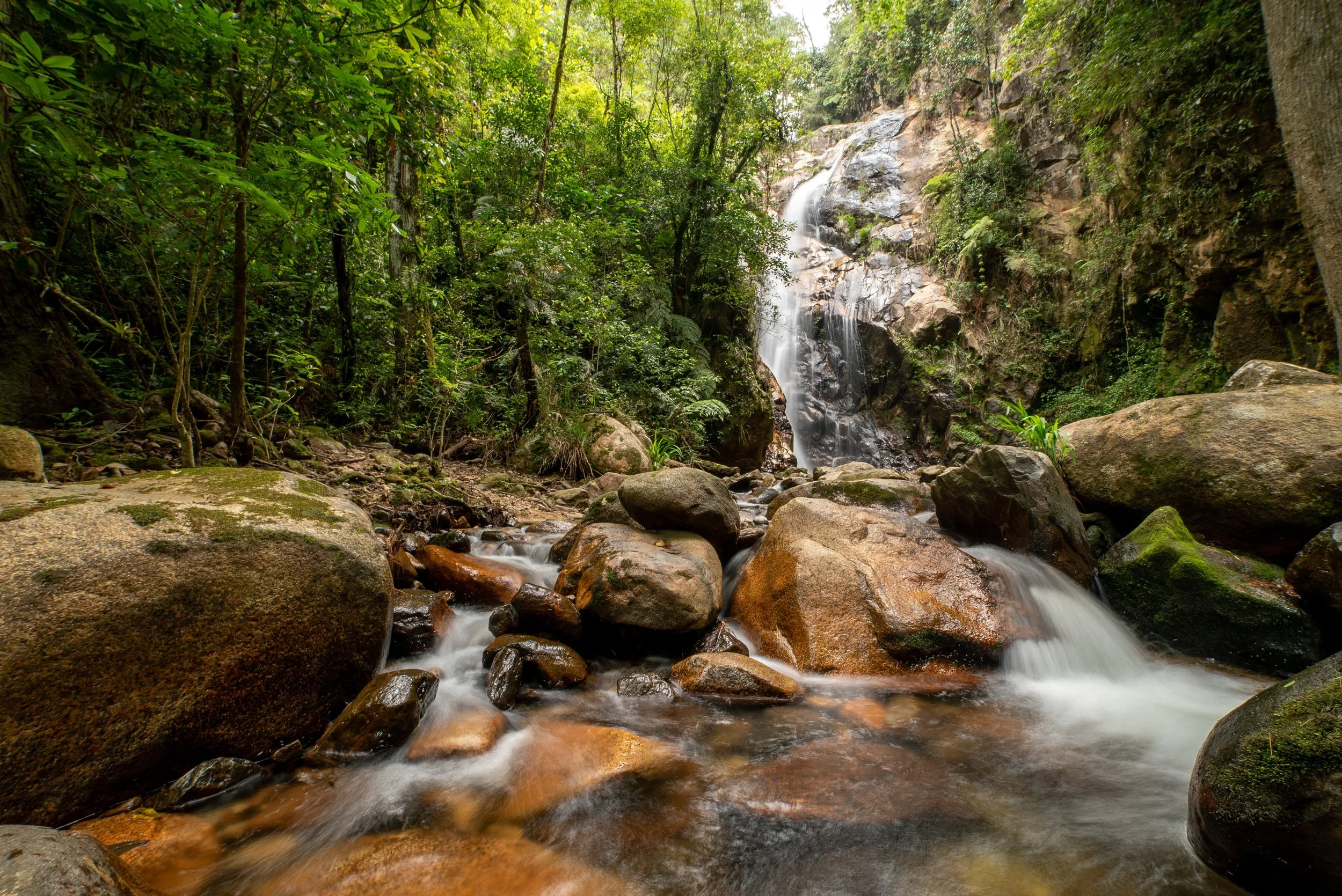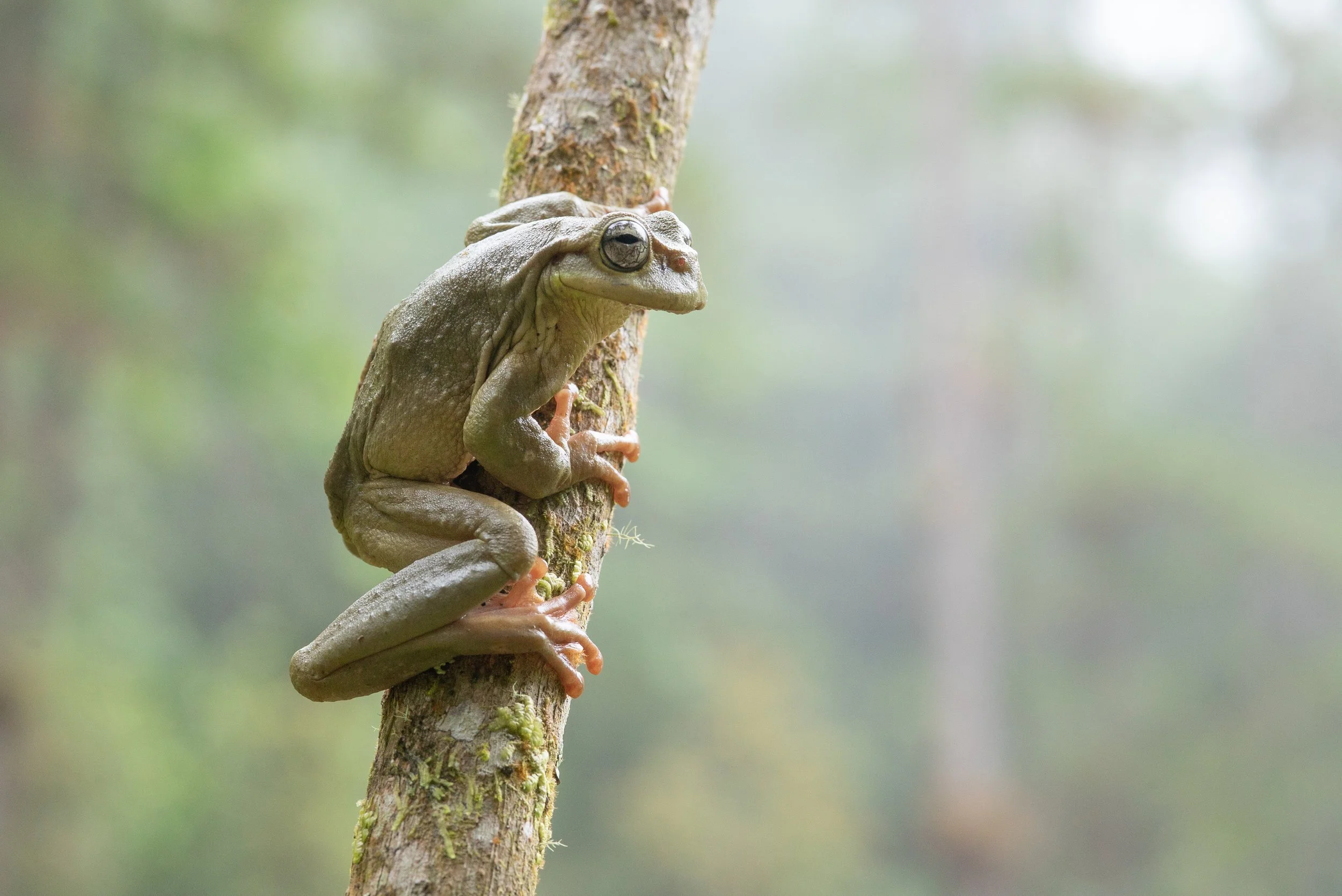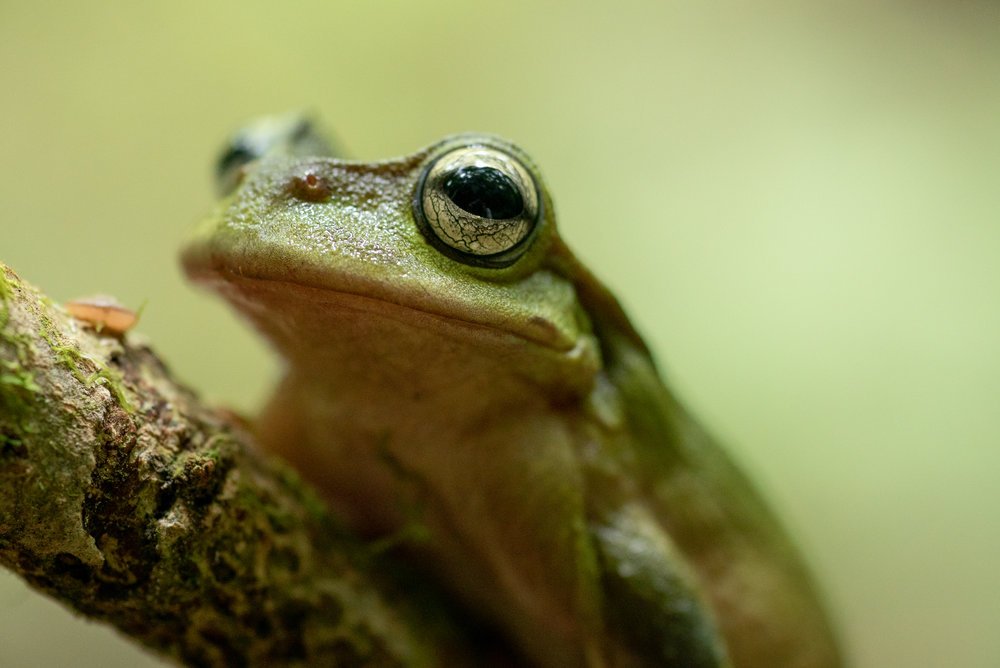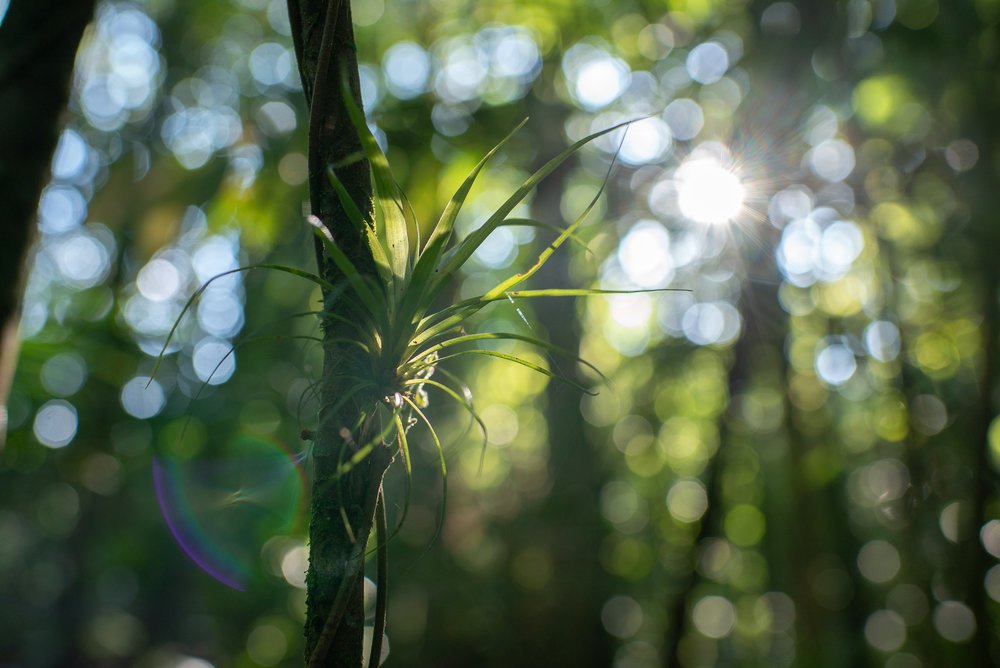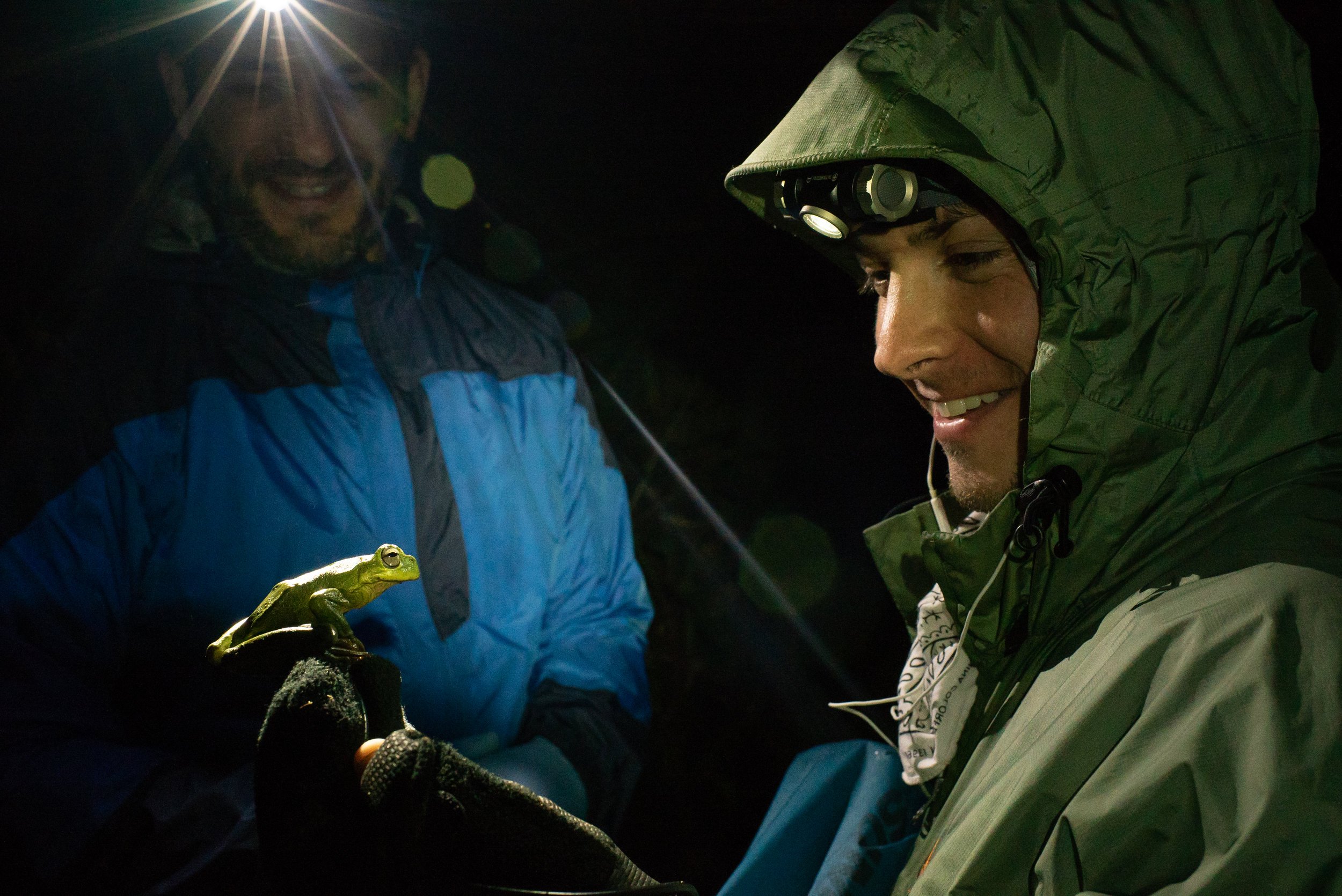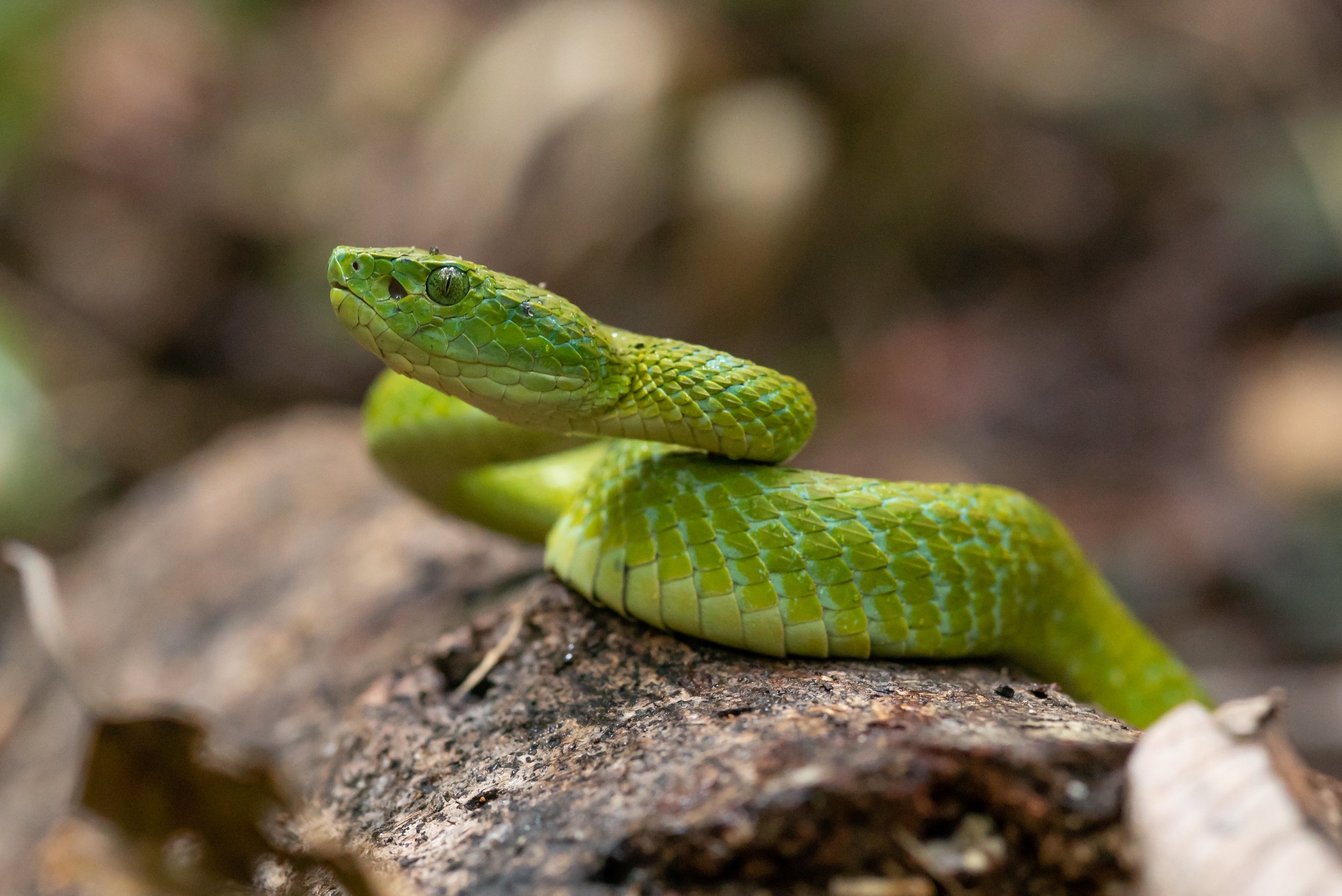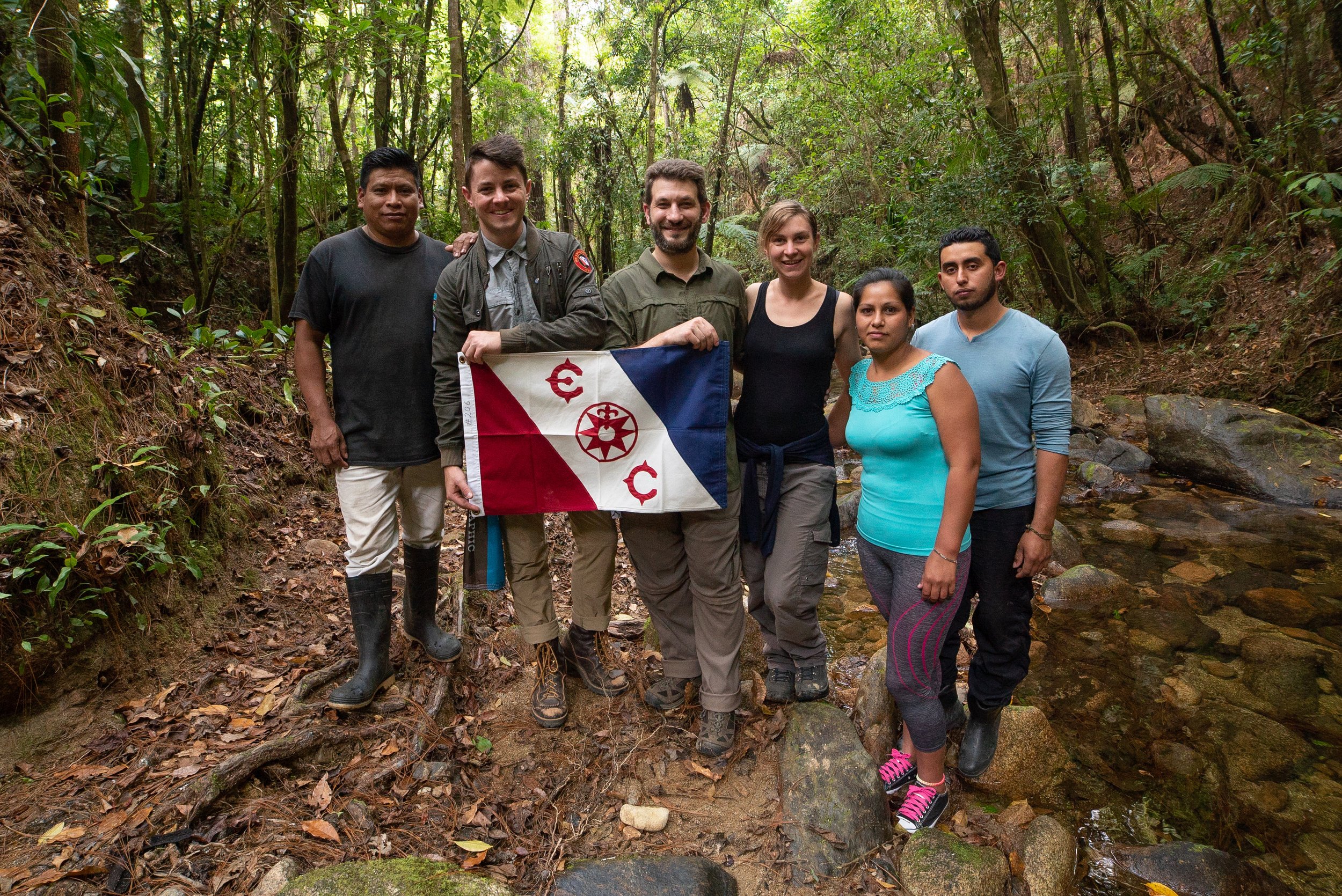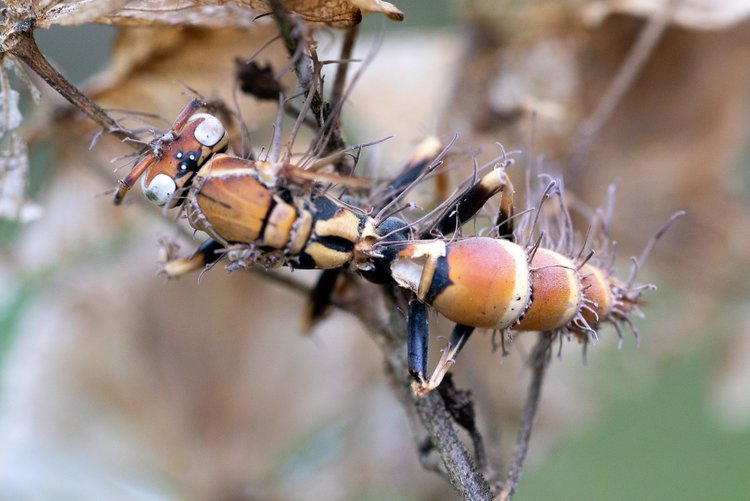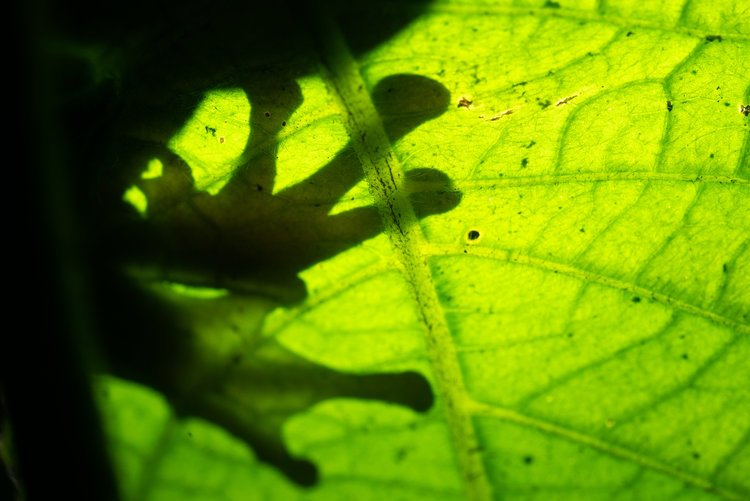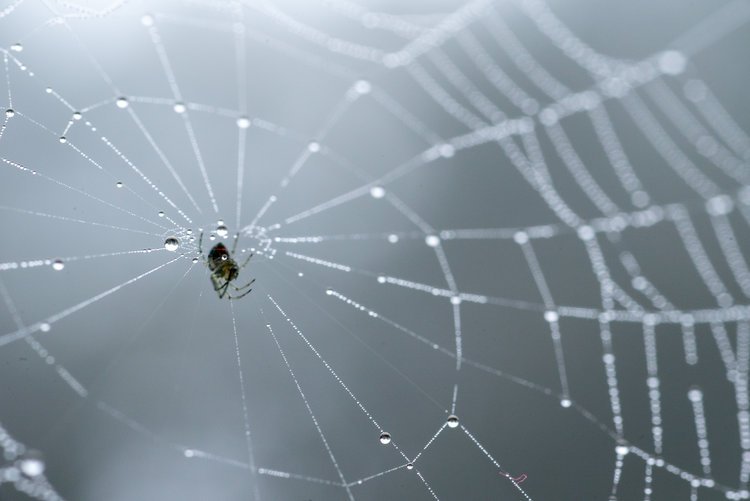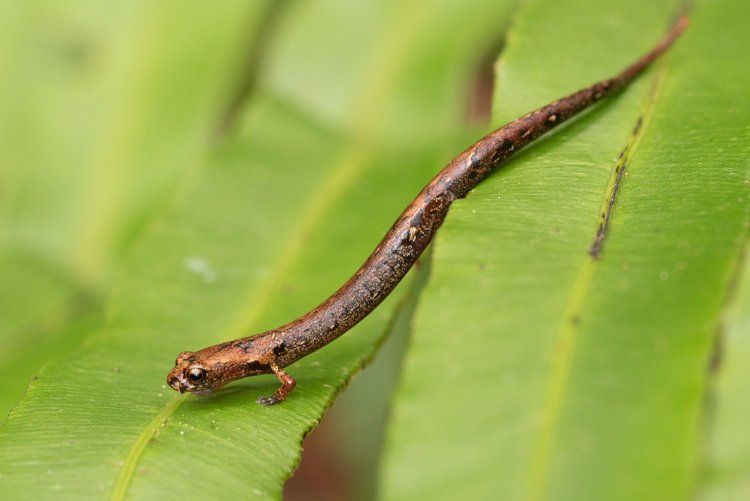Katie Garrett
Sounds of survival
Ben worked on: story development, grant writing, audio production, research, presenting on camera
Collaborators: Jonathan Kolby (co-presenter and researcher), Katie Garrett (lead producer, cinematographer), Honduran Amphibian Rescue and Conservation Center (Ruth Marcec, Brandon Greaves, Ryan Marshall), Santiago Argueta, Miguel and Ana Mejia
Supporters: bioGraphic, The Explorers Club
Deep in the emerald cloud forests of Cusuco National Park of Honduras, scientists are on a quest to record the never-before-heard call of the endangered “exquisite spike-thumbed frog” (Plectrohyla exquisita). Funded by The Explorers Club and bioGraphic at the California Academy of Sciences, the film Sounds of Survival follows explorers Jonathan Kolby and Ben Mirin as they try and capture the voice of this iconic amphibian before it disappears forever. The film has been distributed by National Geographic and received awards at multiple film festivals including Jackson Wild, Wild and Scenic Film Festival, New York WILD, and the International Wildlife Film Festival.
BACKGROUND
Katie Garrett
The mountainous cloud forests of Cusuco National Park in Northwest Honduras harbor a critically endangered resident with a face as endearing as its name: the exquisite spike-thumb frog (Plectrohyla exquisita). This charming ambassador for the park’s rich biodiversity is just one of 16 different species of amphibians listed as Endangered or Critically Endangered by the IUCN that are clinging to survival inside the small park. Some are found nowhere else on Earth. Despite the nominal protections offered by the park boundaries, these frogs face a growing suite of threats. In addition to illegal deforestation and climate change, chytrid fungus—the now infamous disease that has decimated frog populations around the world—was discovered in the park in 2007.
To give Cusuco National Park’s endangered frogs a fighting chance at weathering this multifaceted storm, scientist Jonathan Kolby founded the Honduras Amphibian Rescue & Conservation Center (HARCC), an organization that is working to both treat juvenile frogs infected with chytrid fungus and develop a breeding and reintroduction program for several endangered species to guard against extinction. But their efforts to breed exquisite spike-thumb frogs have revealed a puzzling challenge; despite 10 years of intensive field work in the area, scientists have never heard or recorded the species’ mating call—and recordings of these calls can be critical tools when it comes to inspiring frogs to breed in captivity. So, with Ben’s help, the team embarked on a quest to record the enigmatic frog’s call and bring its voice back to the lab. What ensues is both a delightful portrait of the process of scientific discovery and an inspiring example of the power of sound as a tool for conservation.
Production
In May 2018, our team traveled to Cusuco National Park in Northwest Honduras to shoot this film. We worked on location with local naturalists for two weeks, surveying the frog’s habitat, producing ethograms, and collecting skin swabs to monitor the frog’s behavior and population health. For additional footage and sound, our team hiked to various locations throughout Cusuco to record songs from some of the park’s most iconic voices, including Red-capped Manakins (Ceratopipra mentalis), Highland Guans (Penelopina nigra), and Red-mantled howler monkeys (Alouatta palliata).
Conservation
The recordings captured during this expedition may be the first ever documentation of P. exquisita’s call. Through playback experiments in captivity, our team at HARCC is exploring whether these sounds can motivate captive P. exquisita to reproduce. If successful, we may be able to rebuild this frog’s population and reintroduce it to the wild.
sharing discovery
While on their expedition in Honduras, Jon and Ben teamed up with National Geographic’s Explorer Classroom to stream live from the cloud forest into dozens of classrooms back in the United States. Watch this video to enjoy some great questions from our students and teachers.
